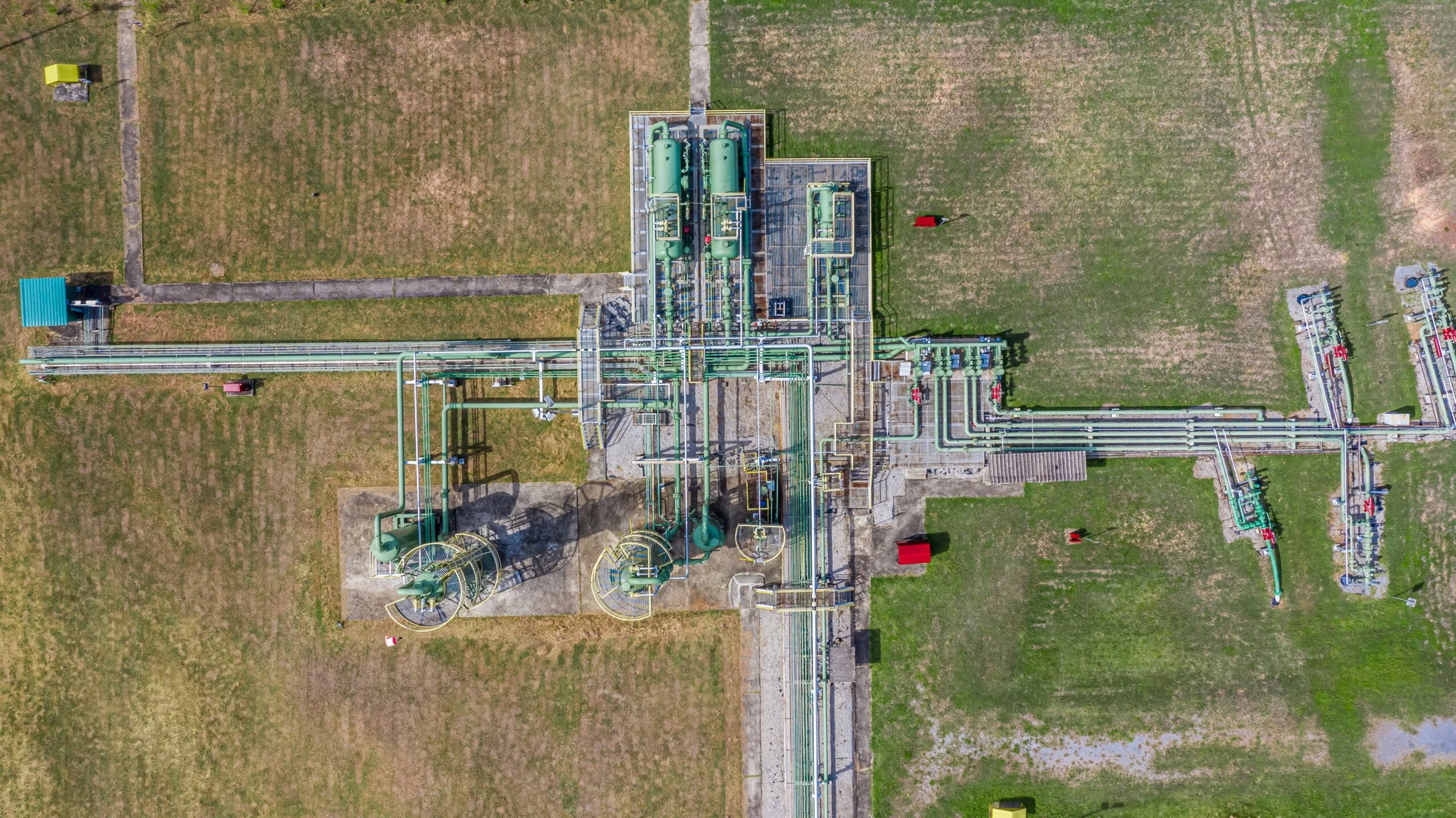Spectra33 Supports Industry Efforts to Enhance Methane Emissions Reporting Accuracy
Spectra33 is pleased to support the EPA’s proposed revisions to the Greenhouse Gas Reporting Program for Petroleum and Natural Gas Systems (Subpart W). The new rules are aimed at improving the accuracy and transparency of methane emissions reporting, particularly by incorporating more advanced monitoring techniques. At Spectra33, we are committed to advancing these goals through our high-tech sensor arrays and data integration solutions, which offer a more precise and comprehensive approach to methane detection.
Promoting More Effective Emissions Monitoring Solutions
The EPA's revisions to Subpart W recognize the limitations of current monitoring methods and highlight the need to detect emissions from previously underreported sources, including "other large release events." These additions will improve the overall accuracy of methane emissions reporting, and Spectra33 fully supports this initiative. Our advanced, industry-leading sensor arrays are specifically designed to capture methane emissions across a wide range of operational environments. By providing operators with accurate, real-time data, we help ensure that emissions are captured with greater precision, supporting the EPA’s efforts to address previously unaccounted-for sources.
Supporting Measurement-Based Emissions Inventories
We also back the development of measurement-based methane emissions inventories, which can provide a more detailed and accurate representation of emissions than traditional model-based approaches. Spectra33’s sensor arrays capture emissions data with a high degree of resolution, and our systems are optimized for scalability—whether at the facility or regional level. Additionally, our IRIS Fusion Hub integrates multiple data sources and enhances reporting accuracy by normalizing and processing the data in a standardized format. This capability supports the EPA’s efforts to build inventories that are not only accurate but also adaptable to varying operational conditions and regions.
Encouraging Pathways for Approving New Technologies and Frameworks
Spectra33 supports the establishment of clear guidelines for the approval of new emissions monitoring technologies and frameworks. As regulatory requirements evolve, it is essential that the industry embraces innovative approaches that offer higher accuracy and reliability. Our systems are built to integrate seamlessly with existing frameworks, providing the flexibility to adapt to new technologies as they emerge. In particular, our IRIS Fusion Hub plays a critical role in ensuring data quality and consistency across multiple sensors and platforms, supporting the EPA’s goal of transparent and accountable methane emissions reporting.
Enhancing Pipeline Emissions Reporting with Direct Measurement
Current reporting standards for gathering pipelines rely on emissions factors, which can often lack precision. Spectra33 advocates for the inclusion of direct measurement technologies to provide more accurate pipeline emissions data. Our advanced detection systems are capable of monitoring emissions over extensive areas, providing operators with actionable insights that are both accurate and reliable. Aligning pipeline emissions reporting with more sophisticated measurement technologies will improve the overall transparency of emissions data and help operators meet their regulatory obligations more effectively.
The Role of AI in Improving Emissions Detection and Reporting
While our sensor technology forms the foundation of our methane detection solutions, Spectra33 also incorporates advanced AI models into our data processing workflows. The IRIS AI system analyzes large datasets in real time, enabling rapid and accurate reporting of methane emissions. By reducing the time required for data normalization and report generation, IRIS AI ensures that operators can quickly identify and address methane leaks, contributing significantly to both regulatory compliance and operational efficiency.
Conclusion
Spectra33 is proud to support industry efforts to improve methane emissions reporting accuracy through the use of advanced sensor technologies and data-driven solutions. As the EPA continues to refine its regulations, we look forward to playing an active role in helping operators achieve higher standards of compliance and environmental stewardship. Through our innovative technologies and integrated systems, we are committed to advancing the industry’s capabilities in methane detection and reporting.

